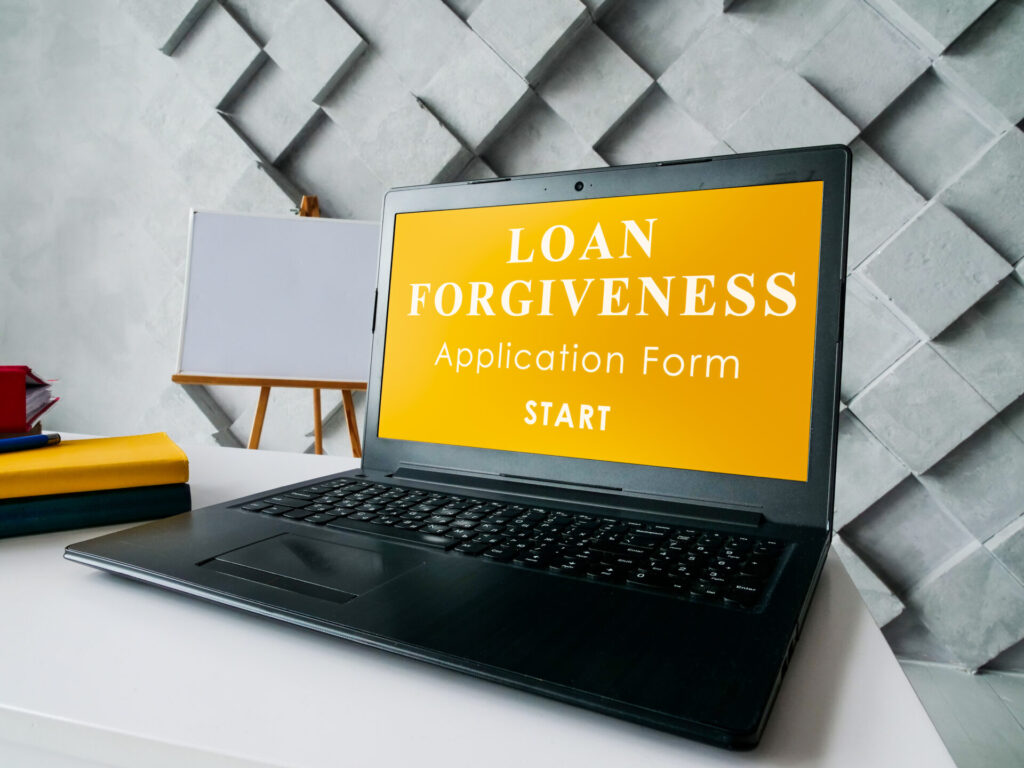 CFGMS Admin
April 11, 2023
Categories:
Business Tips, Small Business Funding, Working Capital Financing
CFGMS Admin
April 11, 2023
Categories:
Business Tips, Small Business Funding, Working Capital Financing
PPP Loan Forgiveness Guidelines
Overview: PPP Loan
A PPP (Paycheck Protection Program) loan is a type of loan offered by the U.S. Small Business Administration (SBA) to help small businesses affected by the COVID-19 pandemic. The loan is intended to help businesses keep their employees on payroll and cover certain operating expenses during the pandemic. The loan may be fully or partially forgivable if the borrower meets certain requirements, such as using the loan proceeds for eligible expenses and maintaining employee and compensation levels.
What expenses are eligible for PPP loan forgiveness?
PPP loans can be used for a variety of eligible expenses, including:
- Payroll costs, such as employee salaries and benefits
- Rent or mortgage interest payments for business property.
- Utilities, such as electricity, gas, water, transportation, and communication expenses
- Operating expenses, such as software and cloud computing services, property damage costs due to public disturbances that occurred during 2020, and certain supplier costs and worker protection expenses related to COVID-19.
It’s important to note that at least 60% of the loan amount must be used for payroll costs to qualify for full loan forgiveness.
What are considered utilities for PPP Loan Forgiveness?
Transportation Utilities
PPP loan funds can be used for eligible transportation expenses, including transportation utility fees assessed by state and local governments. These expenses may include fuel costs, maintenance for business vehicles, and lease payments for vehicles used for business purposes. The loan funds must be for business transportation purposes only and incurred during the covered period to be eligible for loan forgiveness.
Internet & Telephone Bill
Certain communication expenses such as phone and internet bills that are essential to business operations are considered utilities. However, it’s important to note that the loan forgiveness amount for these expenses may be limited to the portion that is attributable to business use. Additionally, these expenses must be paid during the covered period.
Sewage & Water
Sewer and water expenses essential to business operations also qualify as forgivable utilities.
Gas & Electricity
Gas and electric expenses that are essential to business operations are eligible for forgiveness. This includes expenses such as heating, cooling, ventilation costs, lighting, and electrical costs. Again, expenses must be paid during the covered period and meet other eligibility requirements to be eligible for loan forgiveness.
Required documentation for eligible expenses
The documentation required for PPP loan forgiveness of utilities will depend on the type of expense being claimed. Generally, borrowers must provide documentation that shows:
- The existence of the obligation or service prior to February 15, 2020, and the amount of the obligation or service during the covered period
- The borrower made payments for the obligation or service during the covered period
- The obligation or service was an eligible expense and was not paid with other sources of funds.
Acceptable documentation for utilities may include invoices, receipts, canceled checks, bank statements, and other relevant documentation that shows proof of payment and the amount of the expense. Borrowers should also maintain records to support the calculation of the loan forgiveness amount, such as employee time records and payroll documentation.